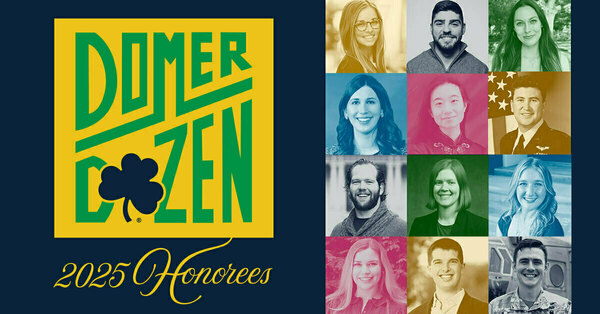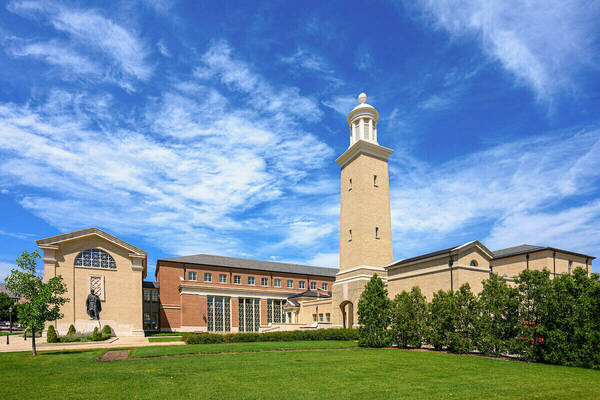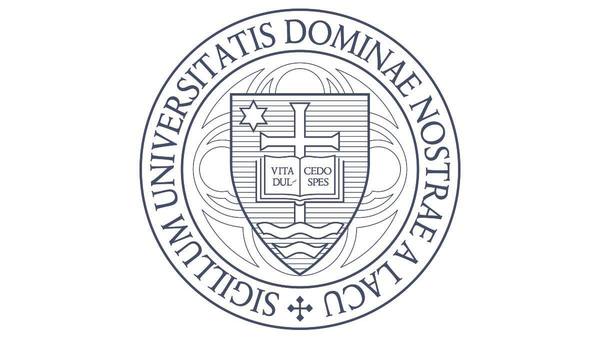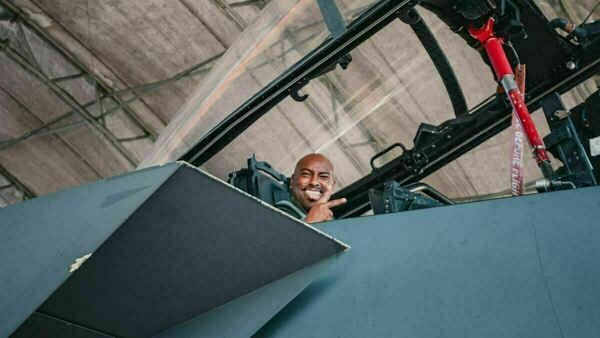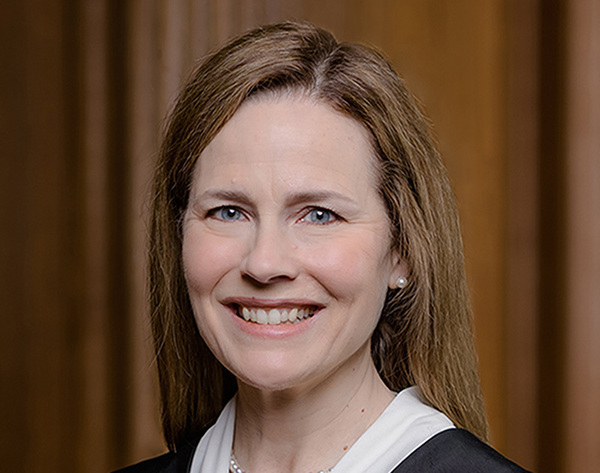A picture of drought: ND ecologist matching NASA images with field data to measure forest health
Nate Swenson strides so quickly through the Wisconsin forest while carrying a large pole clipper that postdoctoral researcher Vanessa Rubio usually follows the 40 feet of rope dragging behind him.
When they reach the designated plot, Swenson extends the clipper about 30 feet high and pulls the rope to snip off a leafy twig from the canopy of a tall, tagged tree. The twig floats down through the dappled sunlight and lands in his hand.
It would be a majestic scene but for the mosquitoes. Hundreds and thousands of them, swarming everything that smells like warm blood.
Swenson cuts twigs from nine sample trees in each plot where the reflection of light from the leaves could show up in a space-based image. Rubio selects one leaf from each twig, folds it into a labeled test tube, and drops it in a metal canister of liquid nitrogen.
This flash freezing will preserve its RNA, which degrades quickly otherwise. Later in his campus lab, Swenson can study the leaf’s gene expression, which changes as it is stressed by drought later in the summer.
Latest University News
- Alumni Association and YoungND honor 2025 Domer DozenThe Notre Dame Alumni Association announced its 2025 Domer Dozen cohort, honoring 12 graduates ages 32 and younger for excellence in their contributions in learning, service, faith and work — the core pillars of the association’s mission.
- Notre Dame School of Architecture poised for global leadership through historic investmentThe $150 million gift represents an unprecedented commitment in the 160-year history of American architectural education. In recognition of this landmark gift, the school will be renamed the Matthew and Joyce Walsh School of Architecture at Notre Dame.
- Board of Trustees announces external investigation into allegations of past sexual misconduct by former rectorThe University of Notre Dame today announced that the University’s Board of Trustees has convened a special committee at the request of President Rev. Robert Dowd, C.S.C., and John Veihmeyer, chair of the Board of Trustees, to oversee an external investigation into allegations that Rev. Thomas King, C.S.C., engaged in sexual misconduct while rector of Zahm Hall, where he served from 1980 to 1997. The external investigation will be led by Helen Cantwell at the law firm of Debevoise & Plimpton LLP, and the key findings of the investigation will be shared with the University community.
- Notre Dame Democracy Initiative hosts bipartisan conversation with Western state governorsTwo Western state governors known to work across the aisle on policy issues such as water, housing and energy will visit the University of Notre Dame for a fireside chat about how Western state pragmatism can serve as a model for the country to overcome polarization.
- MBA student and alumnus to take part in Fighting Irish flyoverNotre Dame MBA student Maximo Navarro takes flight for the Fighting Irish football season opener.
- Justice Amy Coney Barrett to deliver Center for Citizenship and Constitutional Government lectureAmy Coney Barrett, associate justice of the Supreme Court of the United States, will speak at the University of Notre Dame at 4 p.m. Sept. 12 in the Leighton Concert Hall of the DeBartolo Performing Arts Center.








